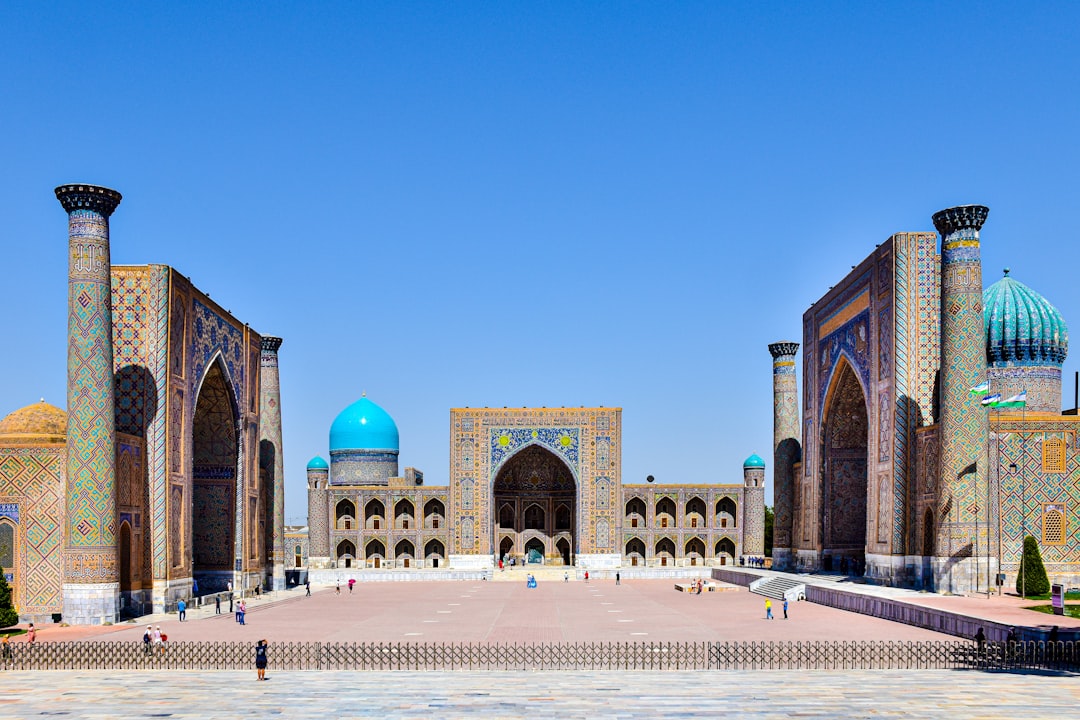What is it about?
Empirical evidence detects two compelling trends since the early 1980s: (i) rise in wage inequality in favour of high-skilled labour and (ii) rise in the proportion of high-skilled labour, both occurring in developed (North) and developing (South, newly-industrialized) countries, in the context of strong technological-knowledge progress and enlarged intermediate goods trade flows. We develop an endogenous growth model with directed technological knowledge, North–South international trade of intermediate goods and human capital accumulation, to analyse how trade affects wage inequality and the inter-country human-capital gap.
Featured Image
Read the Original
This page is a summary of: Effects of North–South trade on wage inequality and on human-capital accumulation, Economic Modelling, September 2013, Elsevier,
DOI: 10.1016/j.econmod.2013.07.036.
You can read the full text:
Contributors
The following have contributed to this page










